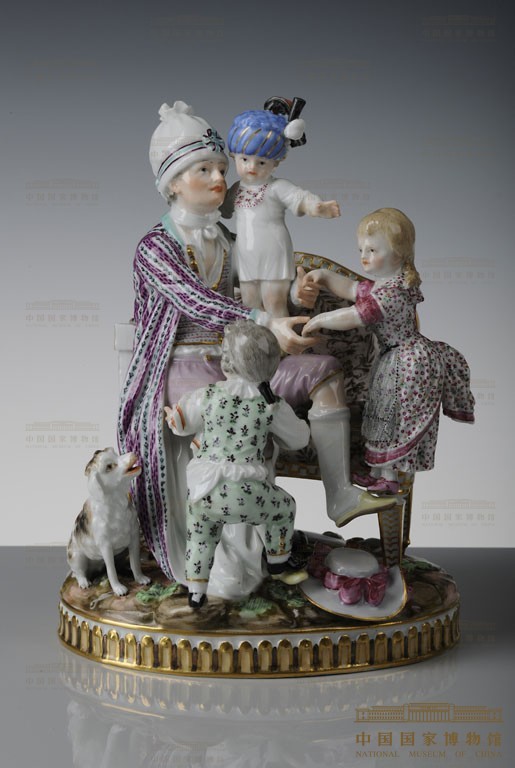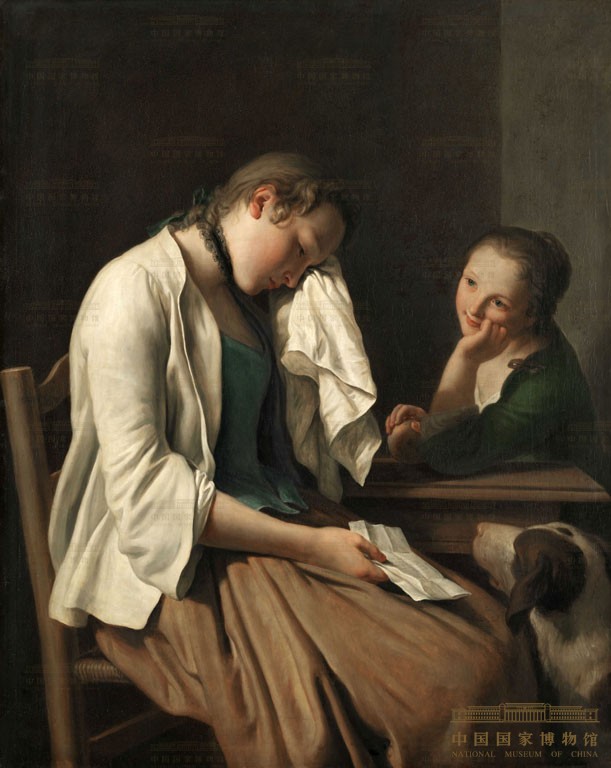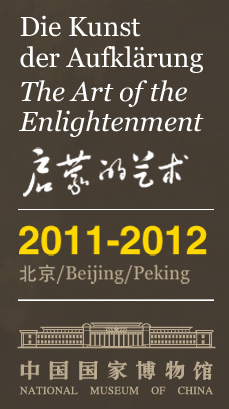Home - Introduction - Love and Sensibility

Marguerite Grard (1761-1837)
“I Reread Them with Pleasure”
c. 1785-90
Canvas, 30 x 39 cm
Bayerische Staatsgem.ldesammlungen, Neue Pinakothek, Munich, inv. no. 15287
In the course of the eighteenth century the middle classes gained economic, cultural and social influence. This gave rise to completely new perceptions of men and women, marriage and family, childhood and friendship. Marriages motivated by love replaced marriages of convenience, parental love gained increasing recognition as a desirable virtue, childhood and child rearing attained enormous social importance, and friendship developed into a veritable cult. Sentiment was accorded equal value as the enlightening postulate of reason. The description of feelings in literature and the fine arts was an invitation to share experiences and created a sense of community and commitment to responsible moral behaviour.

Johann Carl Schnheit (1730-1805)
The Good Father, group of figures 1785
Porcelain, enamel paint, 21 x 16.8 cm x 12 cm ; mark: underglaze blue crossed swords with star and two stripes
Staatliche Kunstsammlungen Dresden, Porzellansammlung, inv. no. PE 3521

Pietro Count Rotari (1707-1762)
Crying Girl c. 1750/60
Canvas, 106 x 84 cm
Bayerische Staatsgem.ldesammlungen, Alte Pinakothek, Munich, inv. no. 2







